Discovery | Harbin: Winter Wonderland for Tourists, Athletes

Nestled in Northeast China's Heilongjiang Province, Harbin, known as the "Ice City," has emerged as one of the country's top winter travel destinations. Harbin is also the host of the 9th Asian Winter Games, from February 7-14. Despite its frosty climate, the city's stunning icy landscapes, and also the locals' warm hospitality, have long attracted visitors from around the globe.
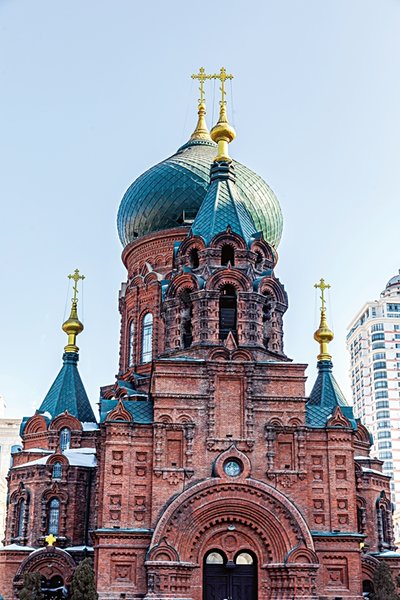
East-West Fusion
Harbin is situated in southwestern Heilongjiang Province. Songhua River runs through the city, from west to east. In Manchu, "Harbin" means a place for drying fishing nets. Harbin was the origin of some of the ancient nomadic tribes of the Jurchen people, who established the Jin Dynasty (1115-1234).
During the late Qing Dynasty (1616-1911) and the early Republic of China (1912-1949) period, Harbin was a vital hub of exchanges between Chinese and Western cultures. After the construction of the Chinese Eastern Railway, during the late 19th century, the city underwent remarkable changes, at which time it was transformed from a fishing village into an international city, and also into a key political, economic and cultural hub in the northern region of Northeast China.
During the early 20th century, the city attracted more than 200,000 immigrants, from nearly 40 countries. The blend of international influences and local traditions helped the city form a unique cultural style. Central Street, a bustling commercial pedestrian street in Harbin, is a reflection of European migration, trade and culture. The street, which extends nearly 1,450 meters, features more than 70 well-preserved historic buildings, which reflect various architectural styles, including Renaissance, Baroque and Art Nouveau. Its unique charm has earned the historic street the reputation of being an "open-air architectural art museum." There is a famous local saying: "If you haven't been to Central Street, you haven't been to Harbin."
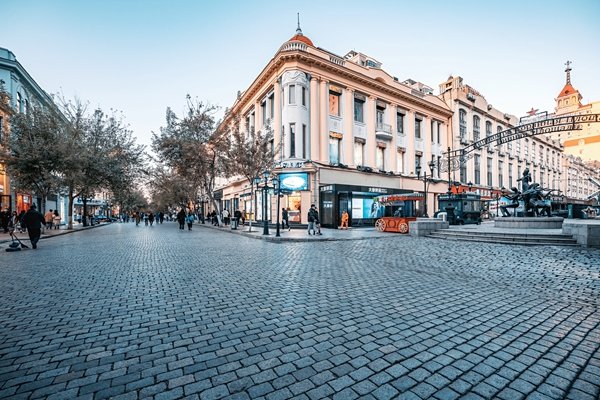
Central Street is a microcosm of the city's unique architectural culture — and European-style living. It offers many enticing hot spots; as such, the street serves as a perennial attraction for tourists from around the world.
Saint Sophia Cathedral, an iconic landmark in Harbin, is renowned for its Byzantine style. Construction of this Russian Orthodox church began in 1907. It is now an architectural art gallery, which showcases the city's multicultural architecture development — throughout the centuries. In winter, the century-old building, covered by ice and snow, presents itself like a fairy tale castle. It has attracted many tourists, wearing Western-style aristocratic attire (which fits in well with the city's distinct Western heritage), who pose for photos.
Harbin is also notable for its strong musical atmosphere. For thousands of years, locals, especially members of the Hezhe and Oroqen ethnic groups, have cultivated a rich collection of folk songs and dances. During the 20th century, many European singers, performers and conductors moved to Harbin, making it one of the earliest cities in China to embrace Western classical music. The Harbin Symphony Orchestra, China's oldest symphony orchestra, was founded in 1908. Harbin in 2010 was recognized by the United Nations as the "City of Music."
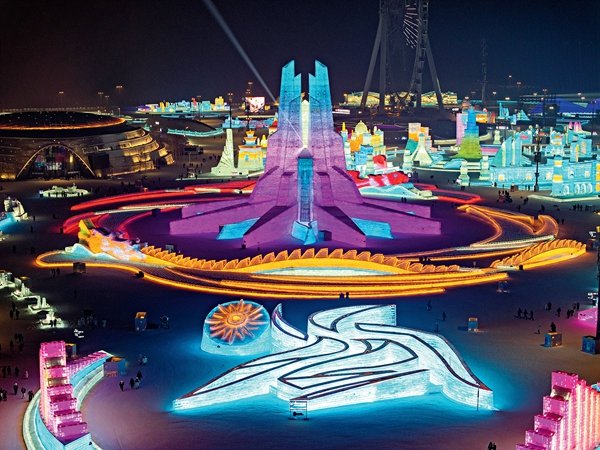
Ice-Snow World
Known as the "Ice City," Harbin has long, cold winters, which can last up to six months. During winter, the city becomes a stunning, snow-covered wonderland. As the city's iconic landmark, Harbin Ice-Snow World, featuring crystal-clear ice sculptures, is a must-visit destination. The exquisite ice sculptures are made of ice blocks harvested from Songhua River. Each sculpture showcases the superb craftsmanship of the artists.
This year, Harbin Ice-Snow World encompasses more than one million square meters, making it the largest in its 26-year history. It is also the world's largest ice-and-snow theme park. The park shares the same theme — "Dream of Winter, Love among Asia" — with the Harbin 2025 Asian Winter Games. Its design and construction also incorporate many elements of the Games.
The park features nine major zones, recreating landmark landscapes of 42 countries and three regions, each a member of the Olympic Council of Asia (OCA), in the form of ice-and-snow structures that can be illuminated at night, including replicas of the Temple of Heaven, in China, Osaka Castle, in Japan, and the Taj Mahal, in India. Love among Asia, an ice tower and the main attraction of the park, stands on the main axis of the park. The tower's layout draws inspiration from OCA's official emblem.
In this dazzling world of ice and snow, visitors can appreciate the ice sculptures, experience a variety of winter sports and recreational activities, watch a diverse range of exciting performances, and enjoy the fun of the winter wonderland.
Photos from VCG and Tuchong
(Women of China English Monthly February 2025)
Editor: Wang Shasha
Please understand that womenofchina.cn,a non-profit, information-communication website, cannot reach every writer before using articles and images. For copyright issues, please contact us by emailing: website@womenofchina.cn. The articles published and opinions expressed on this website represent the opinions of writers and are not necessarily shared by womenofchina.cn.

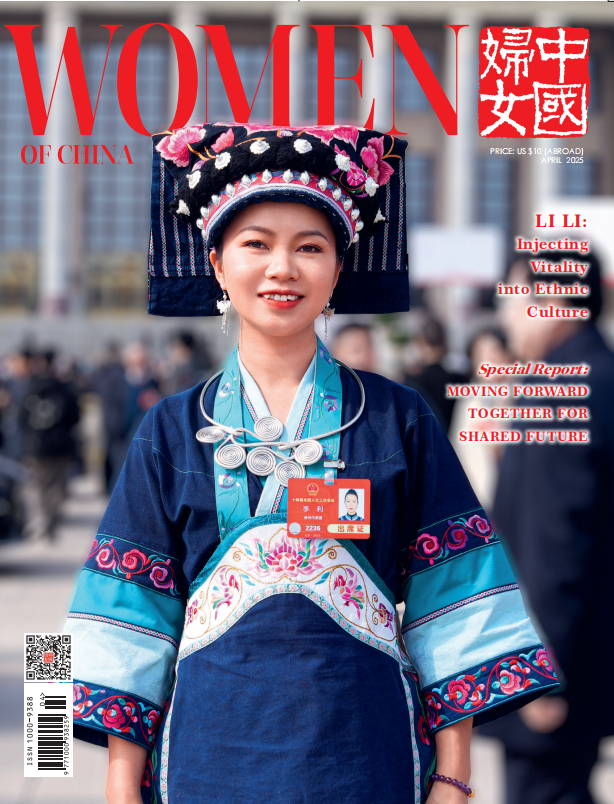





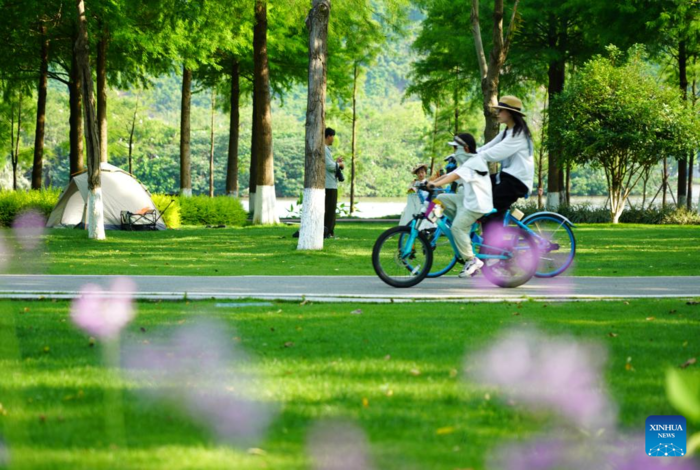
.jpg)

 WeChat
WeChat Weibo
Weibo 京公网安备 11010102004314号
京公网安备 11010102004314号